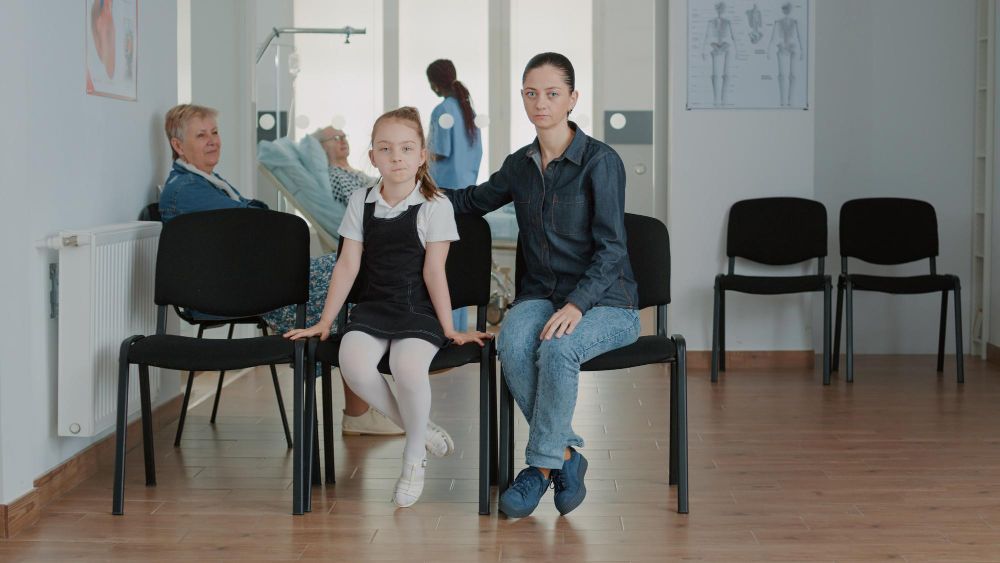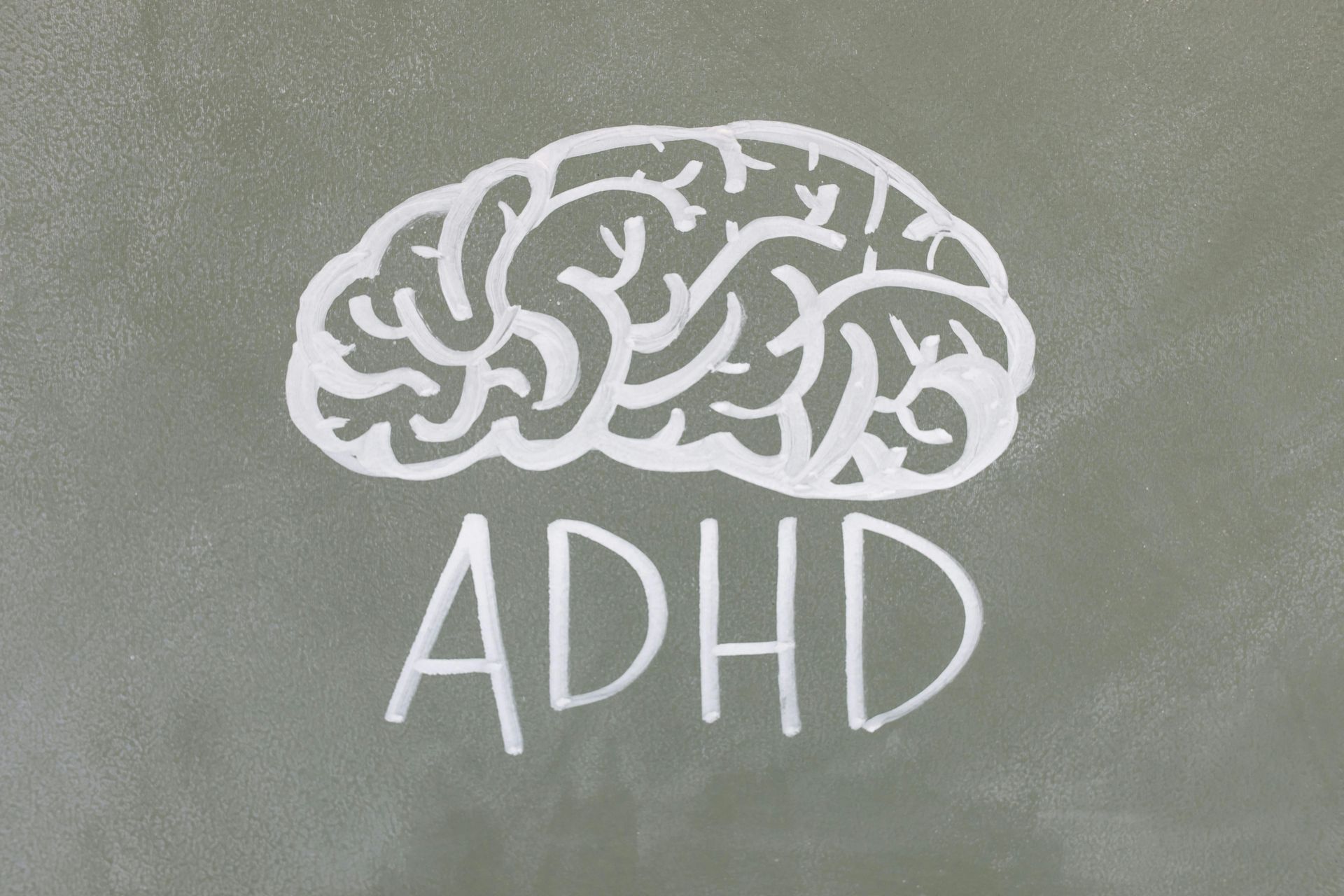Inattentiveness in girls with ADHD can manifest as difficulty following instructions, managing tasks, keeping up with assignments, and maintaining focus on activities that require sustained mental effort, like schoolwork.
As a specialist in neurodevelopmental conditions, I have seen firsthand how attention-deficit hyperactivity disorder (ADHD) frequently goes undetected in girls. ADHD is often misunderstood and misdiagnosed, particularly in young females. Terms like “daydreamy,” “forgetful,” or “lazy” are often unfairly assigned to girls who struggle to focus, stay organized, or complete tasks. These labels can mask the true underlying issue: ADHD.
In my practice, I’ve encountered many girls who have spent years facing frustration, confusion, and self-doubt, unaware that their difficulties stem from a neurodevelopmental condition. The problem is compounded by the fact that ADHD presents differently in girls than in boys, leading to a significant delay in diagnosis. In studies of children with ADHD, boys are diagnosed about four times more often than girls. On top of that, girls are typically diagnosed around five years later than boys.
How ADHD manifests differently in girls
ADHD is typically categorized into three types: impulsive/hyperactive, inattentive, and combined. While boys are more likely to exhibit hyperactivity—such as fidgeting, interrupting, or showing impulsive behaviour—girls tend to present primarily with inattentiveness. This form of ADHD, often referred to as "ADD" (attention deficit disorder) in older terminology, lacks the classic hyperactive traits that make ADHD more visible and easily diagnosed in boys. Instead, girls with inattentive ADHD may quietly struggle with issues related to attention, focus, organization, and time management.
Girls with ADHD may be the ones sitting quietly at the back of the classroom, seemingly lost in thought but not disruptive. Because they don't exhibit obvious signs of hyperactivity, their struggles can often go unnoticed by parents, teachers, and even healthcare providers. As a result, they are more likely to “fall through the cracks.”
Inattentiveness in girls with ADHD can manifest as difficulty following instructions, managing tasks, keeping up with assignments, and maintaining focus on activities that require sustained mental effort, like schoolwork. However, it’s important to recognize that girls with ADHD may be perfectly capable of hyper focusing on activities they enjoy, such as drawing, reading, or hobbies. This ability to intensely focus on certain tasks can further cloud the diagnosis, leading many to assume that if they can focus on one thing, their inattentiveness must be due to a lack of effort in other areas.
ADHD is not an inability to focus but a challenge in regulating attention. When a task is perceived as interesting or rewarding, girls with ADHD may demonstrate an extraordinary ability to focus. But when the task feels boring or overly difficult, even simple things like completing homework can seem insurmountable.
Historical Bias in ADHD Research and Diagnosis
The gap in diagnosis between boys and girls can be traced, in part, to historical biases in ADHD research. Most of the early research focused on boys, particularly those exhibiting hyperactive and disruptive behaviours. As a result, the diagnostic criteria, understanding, and treatment models for ADHD have been heavily based on the male presentation of the disorder. This has left many girls undiagnosed or misdiagnosed, as their symptoms don’t fit the typical ADHD mould.
Another issue contributing to the delayed diagnosis in girls is their tendency to mask or compensate for their symptoms. Many girls with ADHD work tirelessly to keep up with schoolwork or stay organized, often at great emotional and cognitive cost. They may not display the outward behavioural issues associated with ADHD, so their struggles are often internalized and overlooked. Instead of being recognized as symptoms of ADHD, these challenges may be misattributed to laziness, carelessness, or even anxiety.
In fact, anxiety is often the first clue that something may be amiss. In my practice, I frequently see female patients who are referred for anxiety or mood disorders, only to later discover that their anxiety stems from undiagnosed ADHD. When ADHD is not diagnosed or treated early, it can lead to a cascade of emotional difficulties, including anxiety, depression, and low self-esteem. These conditions can mask the underlying ADHD, further delaying an accurate diagnosis.
The Long-Term Impact of Untreated ADHD in Girls
The consequences of untreated ADHD in girls can be profound and far-reaching. Academically, girls with ADHD may struggle with falling grades, procrastination, and missed deadlines, despite having the intelligence and potential to excel. This can lead to feelings of shame, frustration, and self-doubt, particularly as girls often compare themselves to their peers and wonder why they can't keep up. Over time, this sense of underachievement can take a significant toll on their self-esteem, leading to a negative self-image that can persist into adulthood.
The academic struggles of girls with ADHD often extend beyond the classroom. Many face challenges in their social relationships, as difficulties with focus and attention can make it hard to maintain friendships. They may feel isolated or different from their peers, further exacerbating feelings of inadequacy. By the time they reach their teenage years, girls with untreated ADHD are at greater risk for mental health issues, such as depression and anxiety, as well as risky behaviours like substance use.
Untreated ADHD also affects other areas of life, including career prospects, financial management, and overall well-being. Without appropriate treatment and coping strategies, women with ADHD may continue to struggle with planning, organization, and time management in their professional and personal lives.
ADHD is Not a Moral Failing—it's treatable.
Despite the stigma that ADHD is an excuse for laziness or poor choices, the condition is rooted in neurobiology. Research has shown that ADHD is associated with lower levels of dopamine and norepinephrine in the brain—chemicals that play a key role in regulating attention, motivation, and impulse control. It also often runs in families, indicating a genetic component.
Fortunately, ADHD is highly treatable. For children over the age of six, treatment typically involves a combination of stimulant medications, such as methylphenidate, and psycho-education. These treatments can help regulate attention and improve executive function, allowing young girls to develop the skills they need to succeed academically, socially, and emotionally. Addressing ADHD early can help prevent many of the emotional and psychological difficulties that come from years of struggling with undiagnosed symptoms.
Unfortunately, despite the effectiveness of treatment, many children with ADHD remain untreated, while others only receive sporadic care. Studies also show that girls with ADHD are prescribed medication far less frequently than boys, further highlighting the need for greater awareness and intervention.
As a specialist, I cannot stress enough how important it is for parents, educators, and healthcare providers to stay vigilant when it comes to the behavioural health of young girls. Early diagnosis and intervention can make a tremendous difference, not only in their academic performance but also in their overall quality of life. By recognizing the unique ways ADHD manifests in girls and providing timely support, we can help them unlock their full potential and avoid the long-term consequences of untreated ADHD.

Head office:
Admaston House, Wellington Road, Telford, TF5 0BN
Birmingham office:
564-566 Bristol Road, Birmingham, B29 6BE
More about us
How we can help
All Rights Reserved | AG & Co Health | Privacy | Website by Procredible




